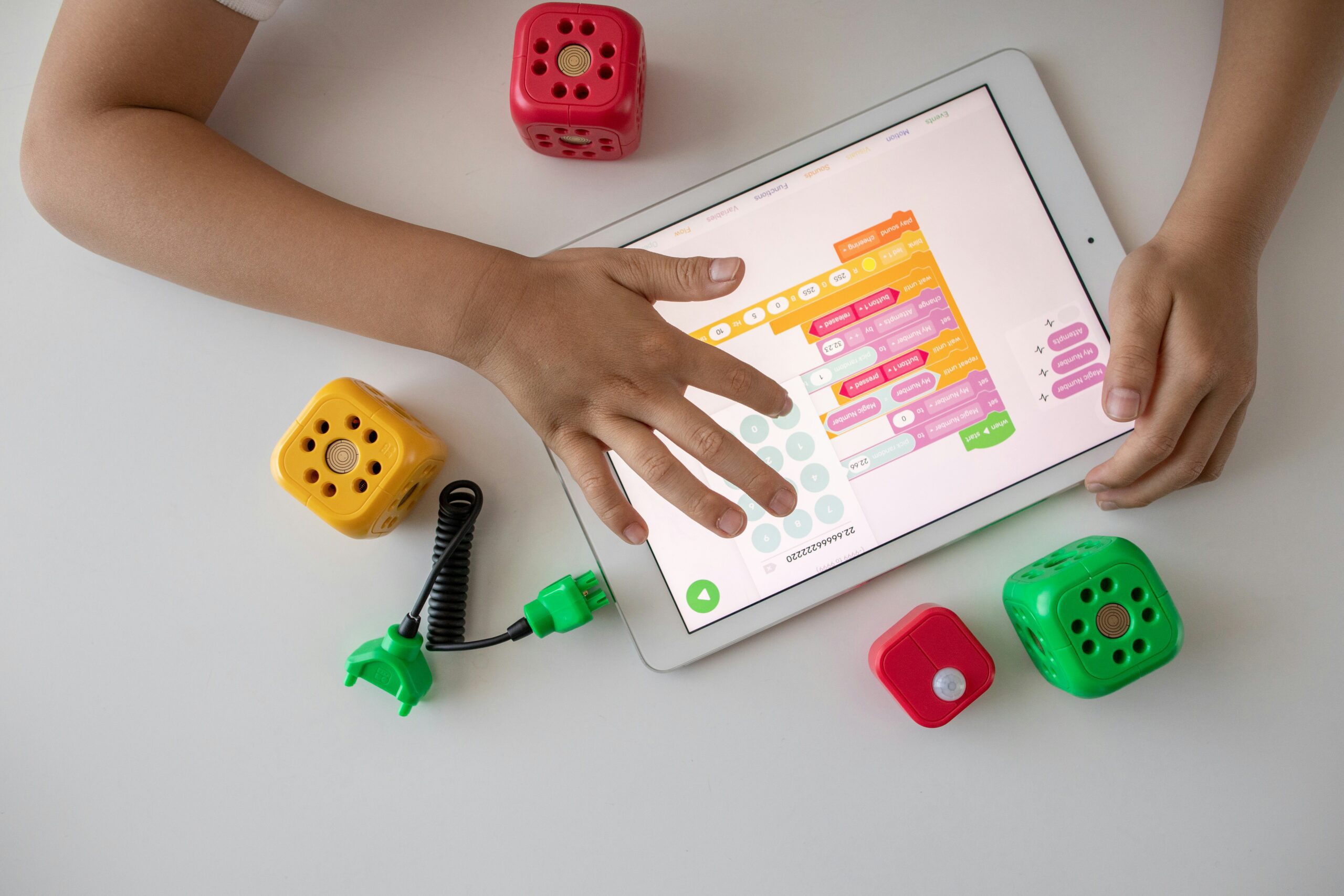In today’s digital age, interactive learning platforms have become increasingly popular in educational settings. These platforms offer a wide range of benefits, including increased student engagement, personalized learning experiences, and enhanced collaboration. One crucial aspect of these platforms is their user interface (UI) and user experience (UX) design, which plays a significant role in creating an engaging and intuitive learning environment for students.
What is UI/UX Design?
UI/UX design refers to the process of designing the user interface and user experience of a digital product, such as a website or application. UI design focuses on how the interface looks and feels, while UX design focuses on the overall user experience, including ease of use, accessibility, and satisfaction.
When it comes to interactive learning platforms, UI/UX design is crucial for creating an intuitive and engaging environment that encourages student participation and enhances the learning process.
The Importance of UI/UX Design in Interactive Learning Platforms
1. Enhances Student Engagement: A well-designed UI/UX can significantly enhance student engagement. By incorporating visually appealing graphics, intuitive navigation, and interactive elements, students are more likely to stay focused and motivated throughout their learning journey.
2. Personalized Learning Experiences: UI/UX design allows for the customization of content and learning paths based on individual student needs and preferences. By providing a personalized learning experience, students can have more control over their education, leading to better outcomes.
3. Intuitive Navigation: A well-designed UI/UX ensures that students can navigate the platform effortlessly. Clear and intuitive navigation menus, search functionalities, and logical organization of content make it easier for students to find the information they need, improving their overall learning experience.
4. Collaboration and Communication: UI/UX design can facilitate collaboration and communication among students and teachers. Features like discussion boards, messaging systems, and group project functionalities create a sense of community and encourage students to interact with their peers and instructors.
5. Accessibility: A key aspect of UI/UX design is ensuring accessibility for all users, regardless of their abilities. Interactive learning platforms should be designed with accessibility in mind, incorporating features such as text-to-speech functionality, adjustable font sizes, and color contrast options.
Best Practices for UI/UX Design in Interactive Learning Platforms
1. Consistency: Maintaining consistency in design elements, such as color schemes, typography, and button placement, helps create a cohesive and familiar experience for students. Consistency also improves usability and reduces cognitive load.
2. Clear and Concise Instructions: Providing clear and concise instructions throughout the platform helps students understand how to navigate and interact with the content. Avoiding jargon and using simple language ensures that instructions are easily understood by students of all levels.
3. Responsive Design: Interactive learning platforms should be designed to be responsive, meaning they adapt to different screen sizes and devices. This ensures that students can access the platform from various devices, including laptops, tablets, and smartphones, without compromising the user experience.
4. Feedback and Progress Tracking: Incorporating feedback mechanisms, such as progress bars, badges, and notifications, keeps students informed about their progress and motivates them to continue their learning journey. Feedback also helps students identify areas for improvement and celebrate their achievements.
5. User Testing and Iteration: Regular user testing and iteration are essential for refining the UI/UX design of an interactive learning platform. Gathering feedback from students and making iterative improvements based on their insights ensures that the platform remains user-centric and continuously evolves to meet their needs.
Conclusion
Interactive learning platforms have revolutionized the way students engage with educational content. The UI/UX design of these platforms plays a crucial role in creating an engaging and intuitive learning environment. By incorporating best practices such as enhancing student engagement, providing personalized learning experiences, ensuring intuitive navigation, fostering collaboration and communication, and prioritizing accessibility, interactive learning platforms can truly transform the educational experience for students.











Leave a Reply